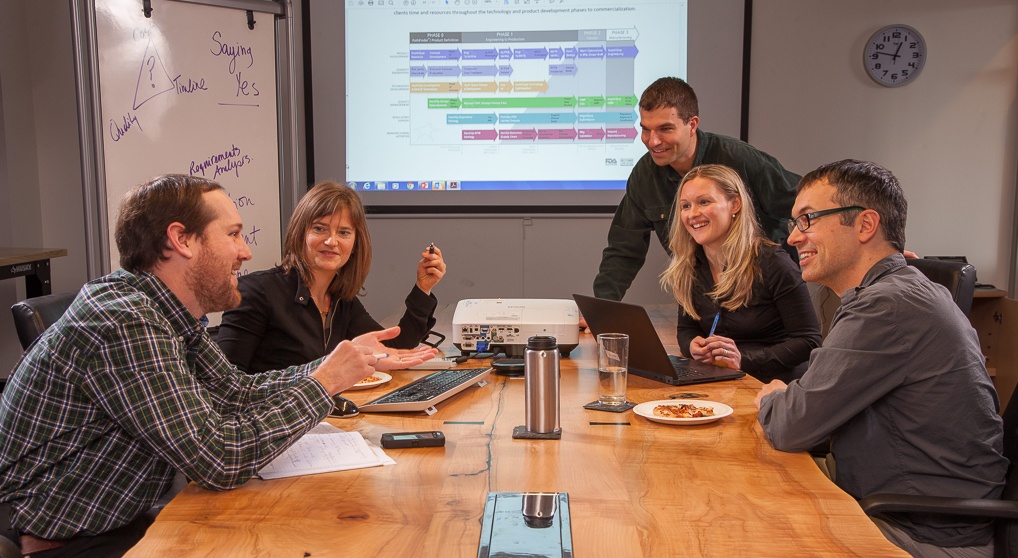Before a medical device reaches a patient’s bedside, it must go through a rigorous multi-step process that includes design, development, testing, regulatory review, and manufacturing.
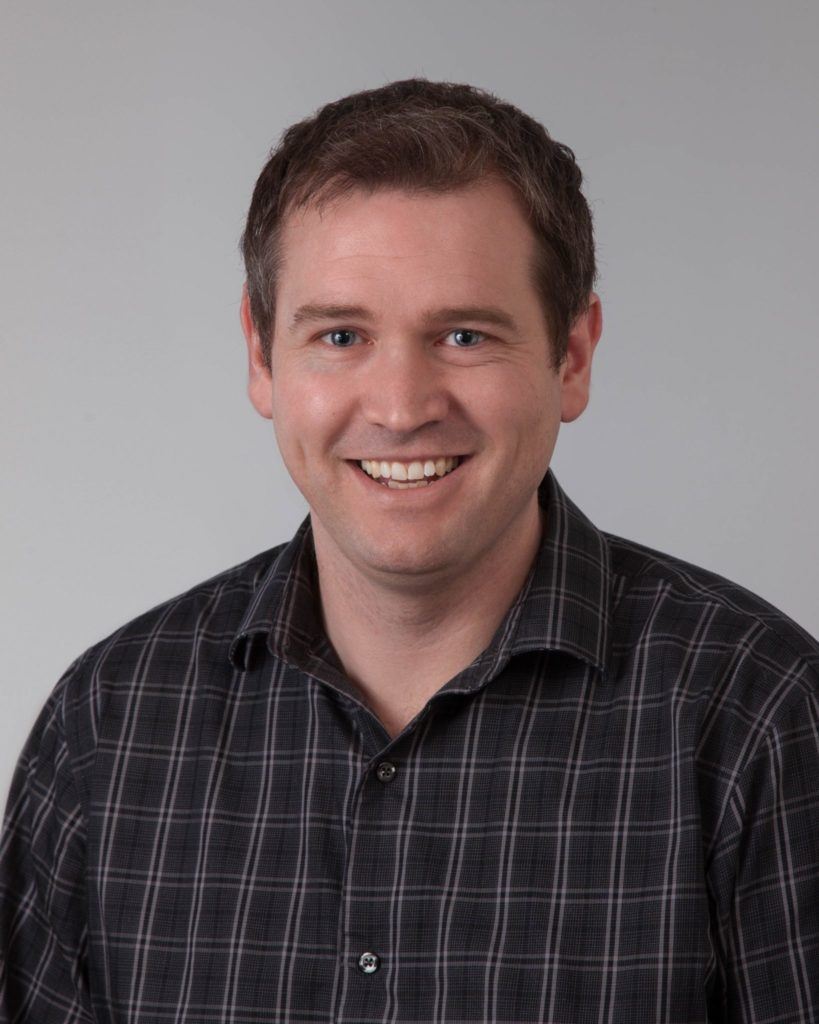
StarFish Medical, a product development consultancy based in Victoria, British Columbia, helps companies large and small navigate this process and create breakthrough products for a number of medical specialty areas.
They couldn’t do this without some serious project management muscle.
We talked with Andrew Morton, PE, PMP, who manages the project management group, to learn more about the medical device design process, how StarFish Medical project managers collaborate with clients, and what it takes to be a project manager in the medical device space.
Can you tell us about the role project management plays at StarFish Medical?
We have a project management office. At a very high level, the PMO is looking for consistency on projects. Do we have the minimum set of processes on our projects? Is that satisfactory to be successful for both internal tracking purposes, as well as to satisfy the needs of our clients? Are the PMs following those processes?
Being a consultancy, we have a lot of different clients and customers. The needs are very diverse. It’s often a tradeoff between what might work for 50, 80, 100 percent of the projects. We try to balance the needs of the majority with the needs of everything.
What was your path to project management?
My background is in engineering. I have a bachelor’s degree in engineering/physics, and a master’s degree in mechanical engineering. Most of my professional experience has been in project engineering or project management. I’m a certified PMP.
I started in engineering and was always very interested in the coordination piece. Bringing together the efforts of many different functions within the organization and doing that in a structured way to get something really meaningful at the end of the day has always been appealing to me.
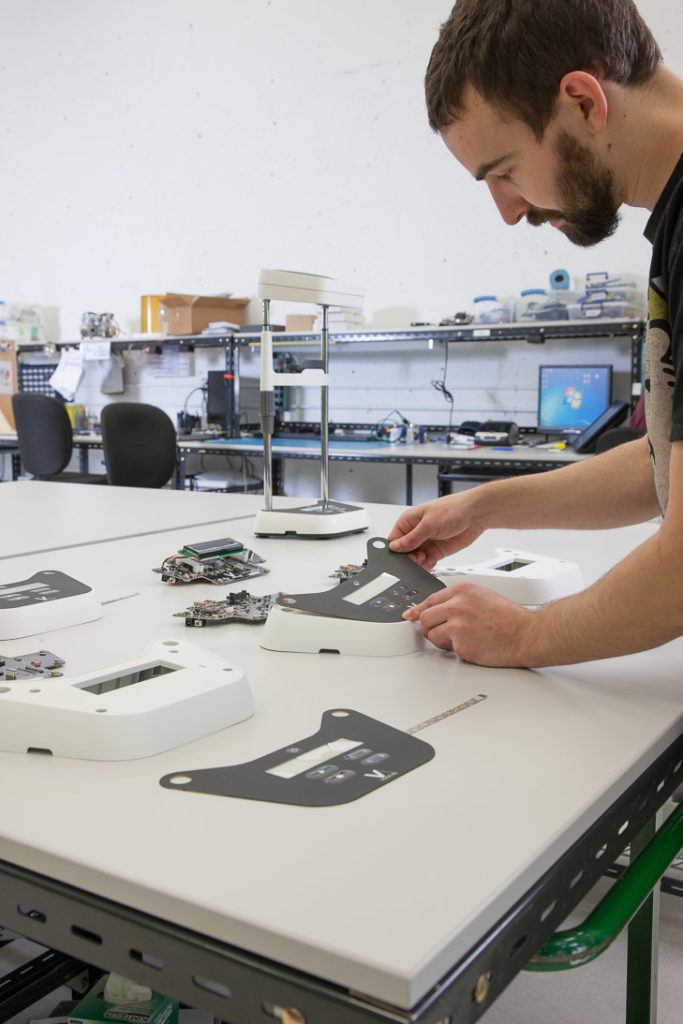
And what drew you to the medical device industry?
There are three things:
Whatever I’m doing, I want it to be meaningful. It helps substantially. The day-to-day challenges are diminished when you think about the impact our work has on people’s lives.
Cutting-edge technology is a huge interest of mine. New medical device design is very much in that area. We are pushing the boundaries of technology and finding ways to apply that in a meaningful way for people and patient outcomes. For me, it’s also interesting to be in a cross-disciplinary design environment, where we’re working on hardware and software.
What attracted me to StarFish is the company’s great reputation for excellence. Being a consultancy, we work on many different products at any given time. Everything we work on is quite diverse.
How does StarFish Medical help clients from move medical devices from ideas to manufactured products?
Within StarFish, we have design, regulatory, and manufacturing capabilities.
We have a phase-gate design approach. Phase 0 is our proof of concept, development process. Phase 1 is detailed design. Phase 2 is transfer to manufacturing.
In Phase 3, which is less common, we focus on sustaining engineering. This a product that is already being manufactured. There may be enhancements or feedback from the market about needed adjustments.
We touch all of those in our different phases. Sometimes we only help a client with a piece of Phase 1. Sometimes we get involved in the whole lifecycle, moving from Phase 0 to getting the product to manufacturing.
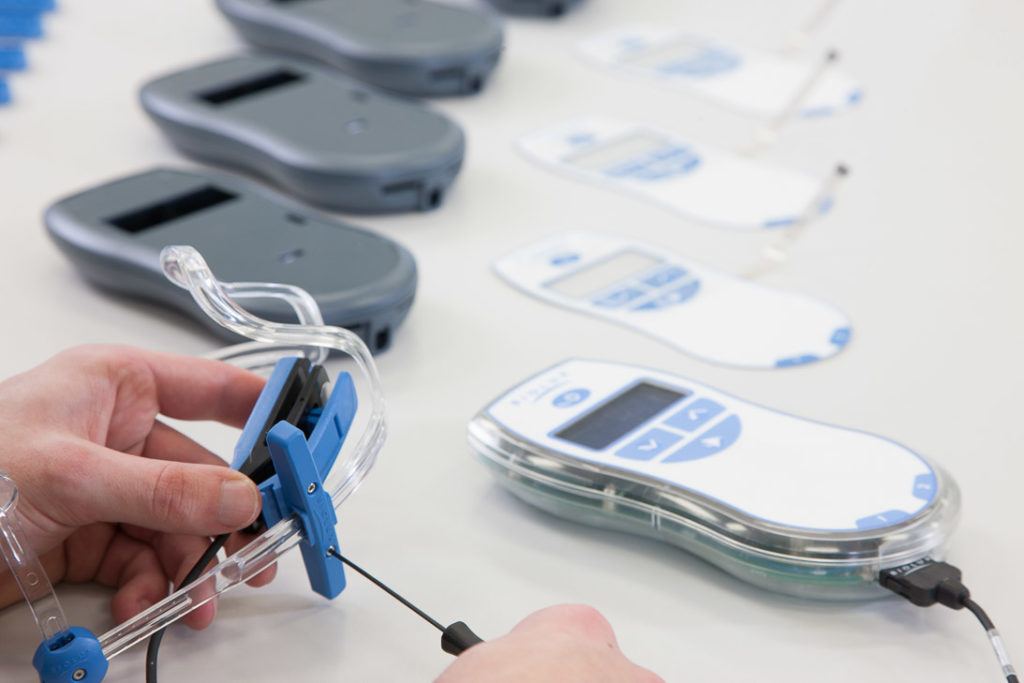
What are some of the differences between being a project manager in the medical device world, versus other industries?
A lot of our work is around first of a kind development. I would put us in the category of new product development project management.
We are innovating a lot, and the path forward is uncertain. A lot of our projects lend themselves to Agile methods. We also do Phase 2 and 3 projects, in the manufacturing realm. Those are going to look like more traditional Waterfall approach to project management, where there’s very little design activities to be done.
Our project managers tend to focus more on the front-end design work, which I would put under the umbrella of new product development.
In regards to new product development, I think the major difference is that our products eventually need to be sold in a regulated environment, complying with FDA or Health Canada regulations.
While the regulatory piece is not uncommon in project management, I think it’s uncommon to be looking be looking at regulatory at the same time in new product development. We’re doing that from day one.
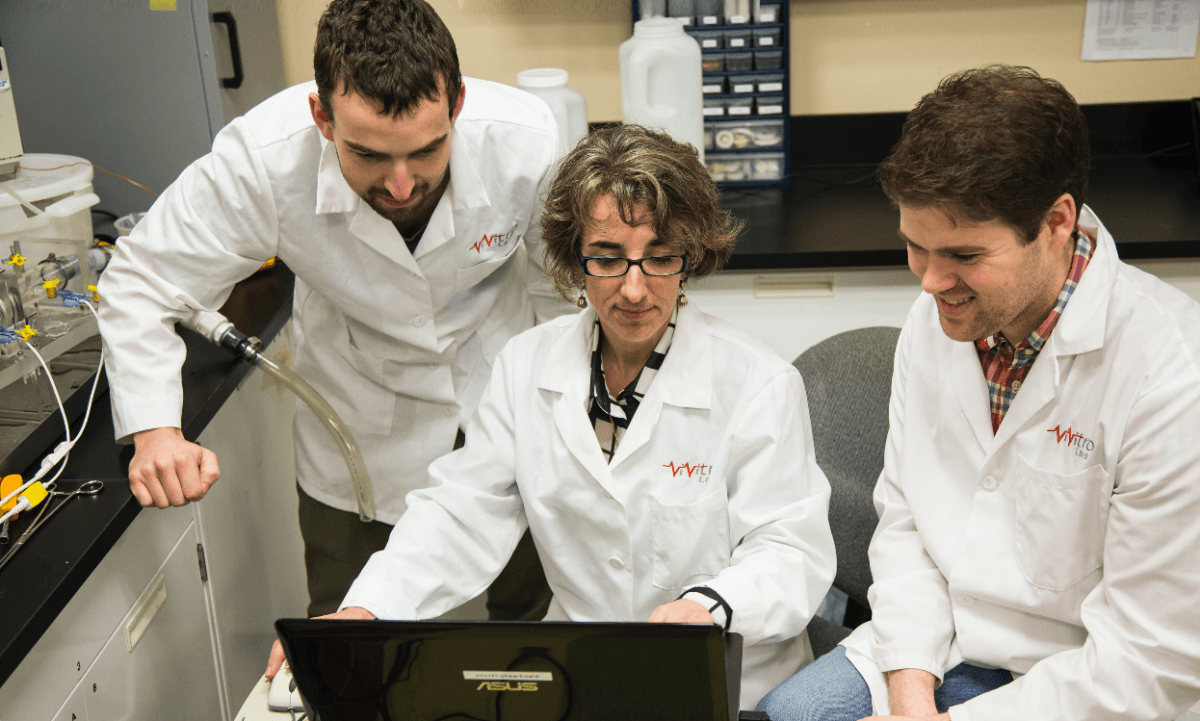
How are the project teams set up at StarFish Medical?
It really depends on the project. The one universal is that every project has a project manager. From there, one project can look very different from another.
Why is that?
Sometimes the client is one person, and he or she has a big idea. They have funding, but they don’t have any engineering capabilities themselves. They come to StarFish to do it all. In that case, there’s a project manager supporting them, and, basically, StarFish is wholly owning the design.
Or, a client has a team of their own. They may have a mechanical engineer and a software engineer, but they don’t have electronics and industrial design. They come to us to do those pieces. For that project team, we’d build around their capabilities. If the scope was fairly small, then maybe the project manager’s only spending half of his or her time on that project.
Sometimes a project may be a derivative of a project that the client already has. We have our own internal team, but we’re interfacing regularly with technical leads on the client team. The client wants ownership of the engineering, but they don’t have the resources at the time. Generally, they’re too busy.
The client team then becomes very embedded in the work that we are doing. We have to keep them updated more regularly than other projects where the client is very hands-off. We may have a weekly call or daily scrum just to touch base.
The teams look very different, depending on our clients’ needs. Having a dedicated project manager gives the clients a single point of contact.
What do you enjoy about your work?
The rewarding part is being a part of clinical trials. We get to see how products improve things. At the end of a project, our clients will hopefully be able to commercialize and manufacture the product. Being attached to this work is very rewarding. That’s true for everyone in the building. Everyone is very motivated by success in this space, which means it’s both helping people as well as getting products on the market.
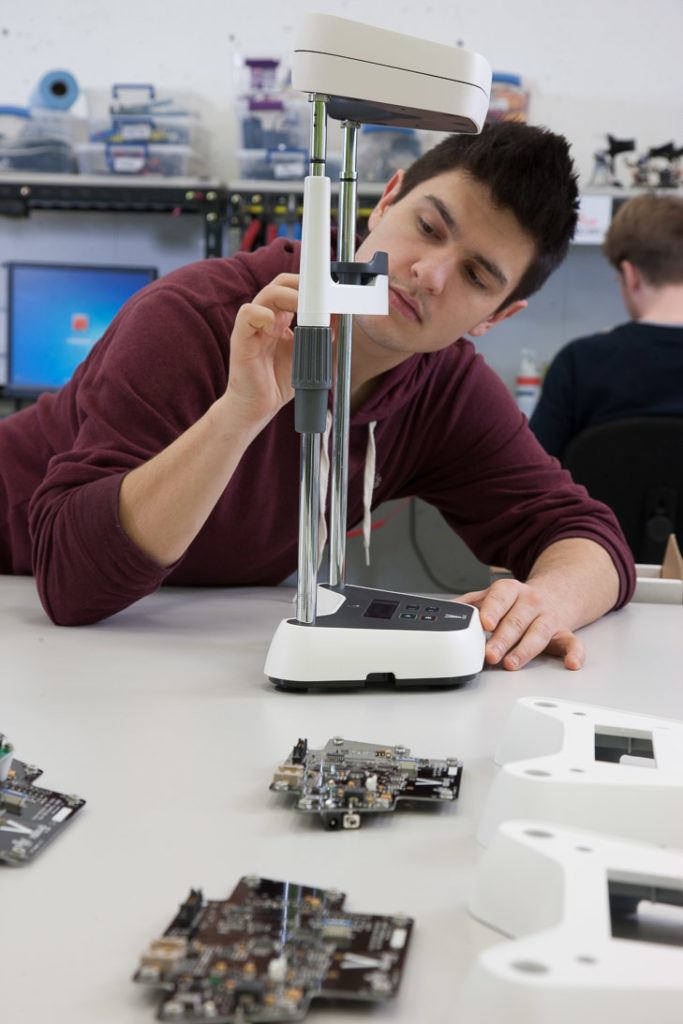 Photo courtesy of StarFish Medical
Photo courtesy of StarFish Medical
What’s it like to hold that actual medical device in your hands, once you’ve gone through the whole process?
It’s hard to describe. It can be pretty amazing when you think of the effort that went into it and all of the challenges that were involved to bring it to life. It’s extremely satisfying. When you look at a finished product, it’s easy to underestimate the effort that goes into making these products come to life.
What qualities do project managers need to succeed in the medical devices field?
You need to have a good working knowledge of product development. There’s a whole set of processes around making something that wasn’t there before.
Systems engineering is also a key piece. It ties back to product development and what the FDA expects for regulatory submission, which is a structured design approach where you create requirements, specifications, and you go through the process of formally verifying and validating. It’s a pretty big part of medical device design.
On a personal level, one of the things that goes a long way is having the passion for improving lives. It can be difficult at times. There are a number of obstacles along the way.
That passion goes a long way in reminding yourself of what you’re doing, helping you reframe things, and moving past obstacles. The project manager is leading a team; that passion can help keep going and stay motivated.


